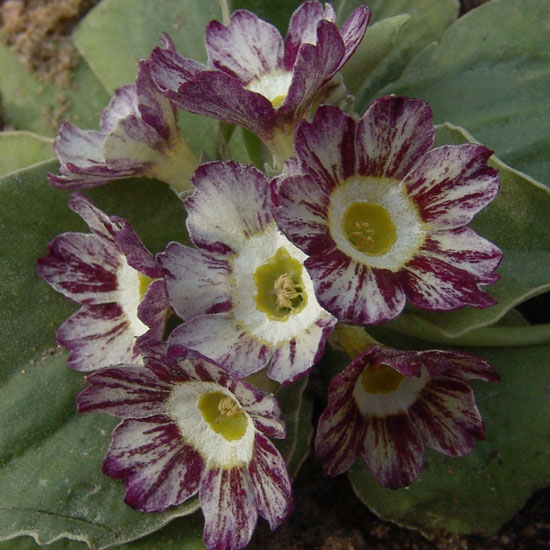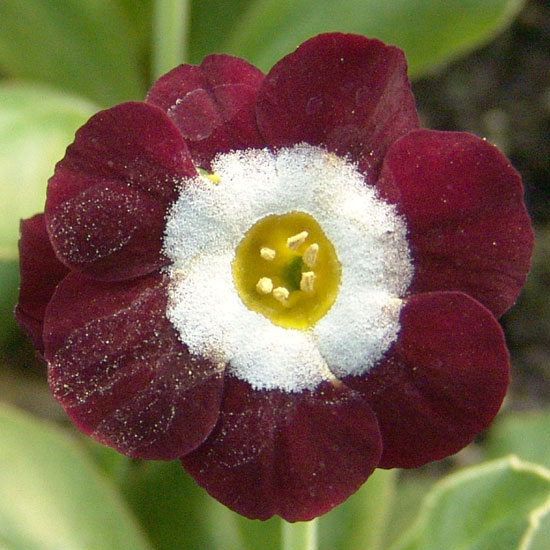

In spring take off old leaves to make room for new ones. When finished flowering dead head to encourage more flowers. Deadhead, and remove dead or damaged leaves as necessary We would recommend planting in the alpine rock garden, scree bed or container in average soils.A versatile primrose that can be used in beds and borders, in cottage gardens, or in containers. Primula auricula ArundellPrimula auricula Crimson GlowPrimula auricula GlenelgPrimula auricula Karen CordrayPrimula auricula Marie CroussePrimula auricula Old MustardPrimula auricula Old Red VelvetPrimula auricula Old SmokeyPrimula auricula Pot O GoldPrimula auricula PrometheusPrimula auricula Sword.
PRIMULA AURICULA ROBERTO FULL
Full sun is tolerated in higher elevation or cooler summer areas.

Borne on short stems, they are produced in mid to late spring. Anyway, just have a go, they won’t disappoint you.Primula auricula 'Argus' is an evergreen, perennial, alpine auricula forming a rosette of light green leaves with clusters of large, rich plum-red flowers adorned with a white center. This is the traditional way to display them and a good stand will take your breath away. If you become a real enthusiast why not build yourself an Auricula Theatre. Somehow they were just made for each other. They do look well in terracotta containers. Before you know it you will be giving plants away or swapping with fellow enthusiasts. You sometimes have to be bold in this game. Amazingly they respond well – producing many shoots that can then be detached for more plants the following year. Cuttings may seem a bit brutal as you savagely swing your knife and decapitate your prize plant. We do both during March but they can be done at almost any time up until July(ish). To propagate named forms they have to be grown from division or cuttings. You never know that seedling of yours could be the next best seller! You are never sure what you are going to get and it is the best way to produce new varieties. Growing more AuriculasĪs far as getting new plants there are several options. We grow ours in a cold poly-tunnel and have no problems whatsoever. They are hardy enough but the farinose (The grey leaved) ones really hate to be continually wet. The fancy ones really need winter protection. Border auriculas are the most reliable for general garden planting. They can be a little tricky to grow outside needing well drained sites that have good light yet are shaded from the worst of the midday summer sun. Our Plants – Primula auriculaĪnyway back to our modest collection of about 100 varieties.

Here is a classification page from the Auricula and Primula Society. There is an interesting blog article here Those who would like further details can look at the following sites for an in depth analysis. They are subdivided into four main groups – Show, Alpine, Border and Other. Bred by Pop’s Plants in 1996, it has deep-purple flowers and tall upright stems. Easily damaged and best grown in show pots. During the wars many varieties were lost as food production took priority but as we journey well into the 21 st century they are more popular than ever. One of the Self group of auriculas that are the closest to the original auricula species, with petals of just one clear colour. Over the next few hundred years they gained in popularity. This may or may not be true but it adds to a good story. Tradition has it that the first plants were introduced into Great Britain by Flemish weavers fleeing from religious persecution. By the early 1600’s there were many varieties on the plant circuit. They appear to have been grown on the continent way back in the sixteenth century. The modern ‘Auriculas’ or ‘Bears Ears’ are almost certainly a hybrid between P. Add doubles and Stripes and now you are getting the picture. Some varieties, especially in the ’show’ division have greyish mealy foliage that set off the colours amazingly. Many are multicoloured with distinct bands giving them an almost painted look. It is understandable that their brightly coloured blooms are not to everyone’s taste. A bit Marmite-like, you either love them or you hate them! Flamboyant flowers are borne during April and May and are a sight to behold. These are certainly plants that are collected by plant enthusiasts.


 0 kommentar(er)
0 kommentar(er)
